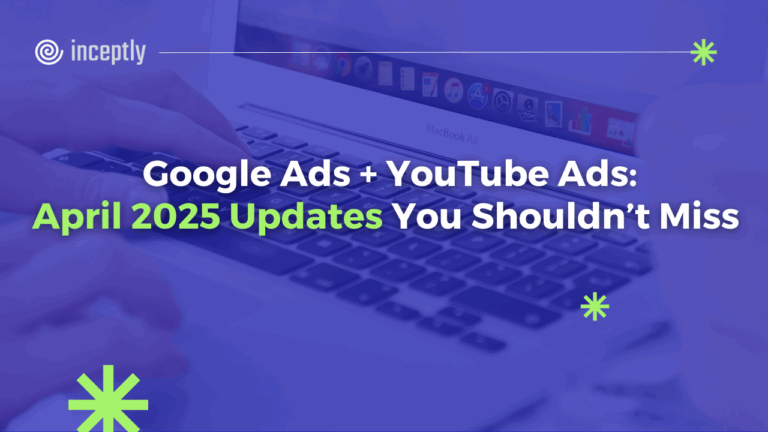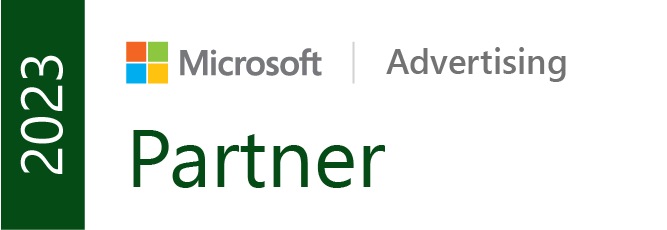
From creative flexibility upgrades to fresh control over Performance Max targeting, the second half of April delivered several important updates across Google Ads and YouTube. Some will boost performance out of the box — others might shift how you approach campaign setup in the coming weeks.
Want to brainstorm with our team on new ways to scale your business with YouTube Ads (and other performance video platforms)?
Join us for a free YouTube ad brainstorming session👇
Here’s your summary of the most impactful changes — and what they mean for direct-response advertisers, let’s dive in!
📦 1. Google Expands Checkout on Merchant to Demand Gen Campaigns
What changed:
Google’s “Checkout on Merchant” experience — previously limited to Shopping-focused campaigns — is now supported in Demand Gen.
Why it matters:
You can now run product-focused video and image creatives in Demand Gen and drive direct purchases, without the user ever needing to leave the Google ecosystem. This could compress your funnel and improve ROAS on mobile-heavy traffic.
✅ Great for ecommerce brands with fast-loading mobile product pages and conversion-optimized carts.
🛑 2. YouTube Introduces Pause Ads
What changed:
YouTube now allows ads to appear when a viewer pauses a video. These ads are static, clickable, and remain visible while the video is paused.
Why it matters:
Instead of interrupting the viewer, Pause Ads capture attention during a natural moment of focus — ideal for clear, visual product messages or strong offers.
📌 Test this with banners that convert well in static placements (like display or native).
🧒 3. Age Exclusions Now Available in Some PMax Campaigns
What changed:
Advertisers can now exclude specific age groups within some Performance Max campaigns.
Why it matters:
This gives you long-awaited control over who sees your ads — reducing spend on low-converting demographics and improving audience quality.
⚙️ Especially useful for products with age limitations or clearly defined buyer personas.
✍️ 4. Performance Max Descriptions Now Allow 90 Characters
What changed:
Google has expanded the character limit for all PMax descriptions from 60 to 90 characters.
Why it matters:
That extra space lets you clarify your offer, boost urgency, or include a key benefit — giving more persuasive power in each impression.
💡 Don’t just stretch your current copy. Re-optimize with the 90-character limit in mind.
🎞️ 5. Horizontal YouTube Shorts Now Show on Desktop
What changed:
16:9 horizontal videos now appear within YouTube Shorts — but only on desktop views for now.
Why it matters:
You can repurpose existing landscape videos into Shorts placement without having to reformat to vertical. That opens up new scale potential — especially among older desktop viewers or B2B-style traffic.
📈 An easy win for advertisers running multi-platform video campaigns.
🔍 6. Search Ads Now Get More Visibility at the Bottom of the Page
What changed:
Google is showing more paid listings at the bottom of Search results, especially on mobile.
Why it matters:
Bottom-of-page placements offer lower CPCs — and with the added inventory, you may see more traffic routed here. For warm audiences or lower-intent keywords, this can be a more profitable zone.
🧪 Review your campaign performance by ad position. Consider testing manual bids or bid caps to target lower slots.
🔧 7. Google Ads API v19.1 Launches With Bulk Tools + More PMax Data
What changed:
The latest version of the Google Ads API (v19.1) includes:
- More detailed PMax asset group metrics
- Faster bulk uploads for labels and creatives
- Easier negative keyword management across campaigns
Why it matters:
If you’re managing large-scale accounts or automating workflows, this update improves performance visibility and saves setup time.
🛠️ For tech-savvy teams, this is a backend win that boosts productivity.
🧠 Final Thoughts
The second half of April was all about expanding control, flexibility, and reach:
- 🧒 Age targeting in PMax = smarter spend.
- 🖊️ Longer PMax descriptions = more persuasive creative.
- 🛍️ Checkout on Merchant in Demand Gen = less friction for ecommerce.
- 🛑 Pause Ads and Desktop Shorts = new attention-grabbing formats.
As always, the key to success is staying informed and adapting quickly. The advertisers who leverage these new features first often gain a competitive advantage.
Which Google Ads updates have impacted your campaigns the most this year? Reply to this email – we’d love to hear your experiences!
Until next time,
The Inceptly Team
Want to brainstorm with our team on new ways to scale your business with YouTube Ads (and other performance video platforms)?
Join us for a free YouTube ad brainstorming session:
Want more content like this?
Don’t miss out on the latest news and updates from the world of Direct Response advertising! Subscribe to our newsletter today 👇
Like this post? Let's continue the conversation!
Get in touch with us by shooting us a quick email or tagging us on LinkedIn or Instagram, and sharing your thoughts. Your feedback helps us keep our blog relevant and interesting.
Get Our Newsletter
Need Help?
Get in touch with us for an insightful evaluation of your ads + actionable tips to help amp up your direct response revenue



